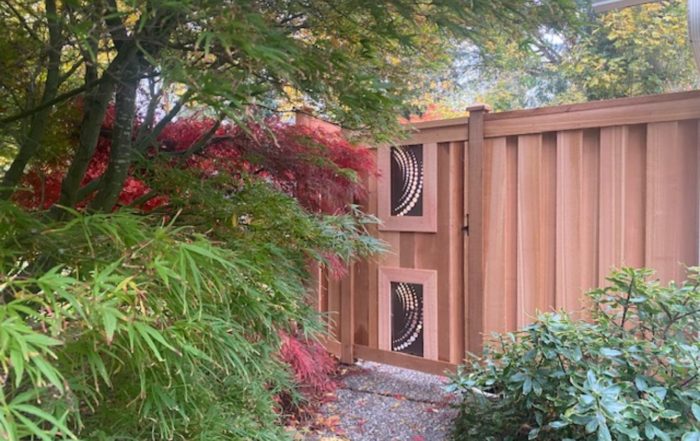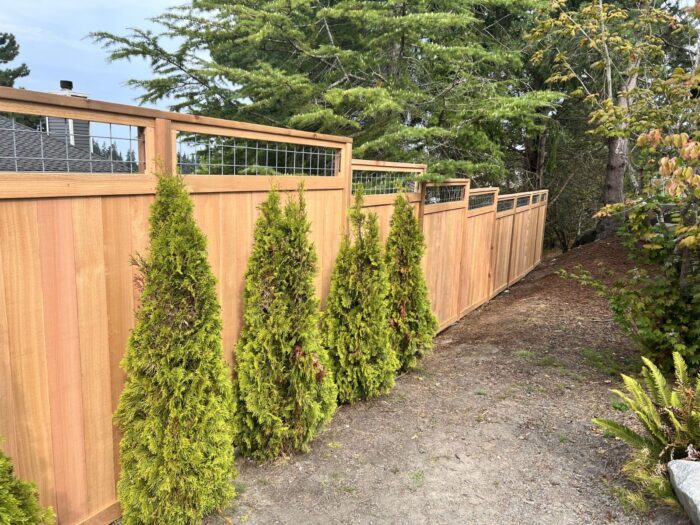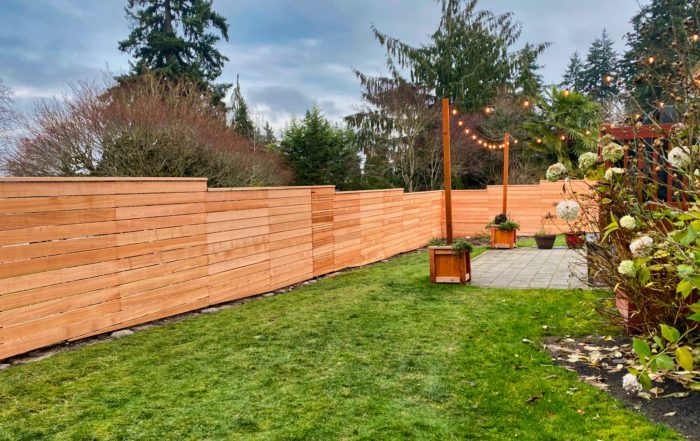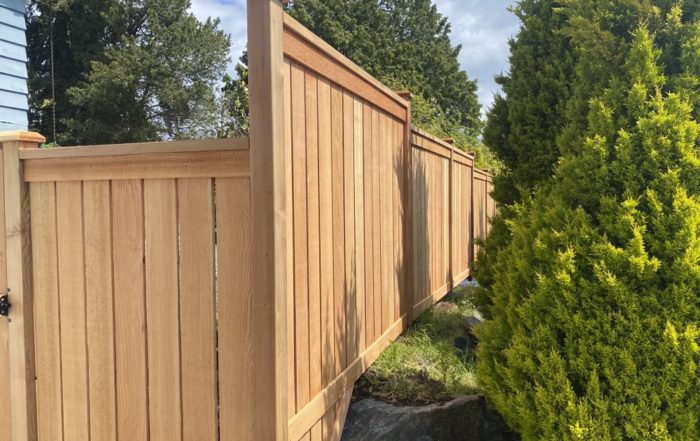When building a fence on a property line, it's essential to follow local laws, including height restrictions and obtaining necessary permits. Maintaining open communication with neighbors is crucial to avoid disputes and ensure a smooth project.
Imagine the perfect fence surrounding your property, offering privacy and security while enhancing curb appeal. But what if your neighbor has different ideas or disputes arise during the construction process? “Can my neighbor build a fence on the property line?” is a common question that arises in such situations.
Understanding fence laws and maintaining open communication with neighbors are crucial to ensure a smooth and successful fence project. This blog post will guide you through the legal aspects, benefits, and responsibilities of building a fence on the property line, as well as alternative solutions and ways to deal with encroachments and disputes.
Key Takeaways
-
State laws and Homeowner’s Association regulations must be followed when constructing a fence.
-
Communication with neighbors, sharing plans & designs, and resolving disagreements respectfully are essential for successful projects.
-
Boundary fences come with obligations such as cost sharing, repair/maintenance duties. Alternative solutions include placement inside property line or using vegetation as natural barrier.
Can My Neighbor Legally Build a Fence on the Property Line?
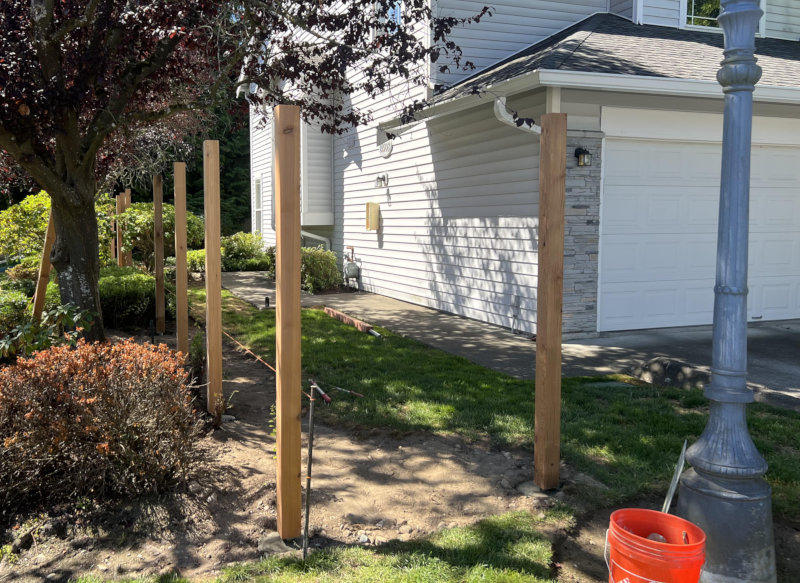
Whether your neighbor can legally build a fence on the property line depends on several factors, including:
-
Adherence to local laws and regulations
-
Obtaining necessary permits
-
Homeowner’s association rules
A clear comprehension of local ordinances, requirements, and regulations helps avoid disputes and fosters a harmonious relationship with your neighbor.
Exploring the legal landscape surrounding fence construction on the property line, the following sections will cover local laws and regulations, homeowner’s association rules, and the process of obtaining necessary permits.
State Laws and Regulations
Fence construction, including simple chain link fence and concrete block wall installation, must comply with state and local fence laws, such as height restrictions and property line setbacks. These regulations can vary depending on your jurisdiction, making it essential to consult with local authorities or a legal professional to gain an understanding of the local fence laws applicable to your locality.
For instance, some areas may require a fence to be set back a specific distance from the property line, while others might impose height restrictions to ensure the fence does not obstruct views or endanger public safety. Adherence to these regulations helps prevent disputes with your neighbor and contributes to a successful fence construction project.
Homeowner’s Association Rules
In addition to local laws and regulations, homeowner’s associations (HOAs) may impose further restrictions on fence construction. These rules can dictate the materials, colors, and styles of fences, as well as whether the fence directly touches the property line.
To ensure compliance with your specific HOA’s regulations, it is crucial to consult with them before beginning your fence project. Some HOAs may be more stringent in their requirements, limiting fence height, slat width, or even prohibiting certain types of fences altogether.
Comprehending and complying with your HOA’s rules helps evade potential disputes and uphold a positive relationship with your neighbors.
Obtaining Necessary Permits
Depending on your location, permits may be required for fence construction, especially for fences exceeding a certain height. Acquiring a permit can involve filing an application, and in some cases, interested parties, such as neighbors, may be allowed to object to the application in writing or at a hearing.
Some municipalities may also require a site plan to receive a fence permit. This plan includes the placement of property corner markers (pins), which are used to identify the property line and ensure the fence is built in compliance with local regulations.
Communicating with Neighbors About Fence Construction

Transparent communication with neighbors serves as a key element for a smooth fence construction process. Discussing your plans and designs with your neighbor helps prevent disputes and work towards a mutually beneficial outcome. Additionally, addressing any concerns your neighbor may have can help foster a positive relationship and prevent potential legal issues down the line.
The upcoming sections will emphasize the importance of sharing your plans and designs with your neighbor, as well as provide strategies for resolving any disagreements that might emerge throughout the fence construction process.
Sharing Plans and Designs
Discussing fence plans with your neighbor can help avoid disputes and ensure a mutually beneficial outcome. By being candid and transparent about your personal preferences and requirements, you can engage in a productive dialogue and work towards a compromise that satisfies both parties.
When negotiating cost-sharing arrangements, consider:
-
Dividing the cost of materials or labor based on a mutually accepted agreement
-
Working together and maintaining open communication
-
Facilitating a favorable result and harmony in the neighborly relationship.
Resolving Disagreements
If disagreements arise during the fence construction process, it’s important to address them in a respectful and open manner. Consider mediation or legal assistance if necessary, as these methods can help resolve disputes and prevent further escalation.
Maintaining a composed and respectful demeanor and seeking a resolution benefiting all parties involved helps ensure a successful fence project, avoiding the construction of a spite fence, and preservation of your relationship with your neighbor.
Boundary Fences: Benefits and Responsibilities
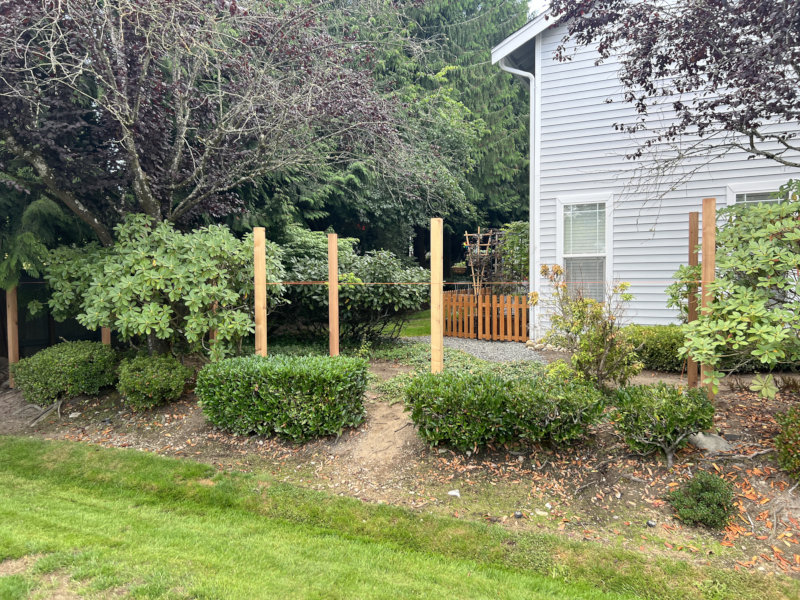
Boundary fences built on the shared property line come with shared costs and maintenance responsibilities for both property owners. While this arrangement can provide boundary fences benefit such as enhanced privacy and security, it also requires clear communication and cooperation between neighbors to ensure a successful outcome on each neighbor’s property.
The forthcoming subsections will address the shared costs and repair and maintenance responsibilities associated with boundary fences, providing insight into the duties of both neighbors when constructing a fence on the property line.
Shared Costs
Neighbors may choose to split the cost of a boundary fence or negotiate a different arrangement based on individual preferences. By discussing the cost-sharing arrangement with your neighbor, you can reach a mutually beneficial agreement and avoid potential disputes.
Consider dividing the expense of materials or labor according to a mutually accepted arrangement. Investigate local fencing companies and compare their quotes, ensuring that the selected company is reliable and provides quality work. Working together and negotiating cost-sharing arrangements enables both neighbors to achieve a favorable outcome and foster a positive relationship.
Repair and Maintenance Obligations
Both neighbors are responsible for the upkeep and repair of a boundary fence. Regular fence maintenance, such as painting and repairing the fence, is essential to ensure its longevity and functionality.
If one neighbor fails to maintain the fence, the other neighbor may be able to pursue legal action. It’s important for both parties to understand and fulfill their maintenance responsibilities to avoid disputes and ensure the fence remains in good condition.
Dealing with Encroachments and Disputes

If a fence encroaches on your property or disputes arise, it’s important to take steps to identify the issue and resolve it amicably. Here are some steps you can take:
-
Obtain a land survey to determine the exact boundaries of your property.
-
Discuss the matter with your neighbor to understand their perspective and find a mutually agreeable solution.
-
If necessary, consult with a mediator or seek legal advice to help resolve the dispute. By taking these steps, you can address any encroachments or disputes in a timely and effective manner.
In the following subsections, we will discuss:
-
How to identify encroachments
-
The best ways to resolve disputes
-
Ensuring a successful resolution
-
Maintaining a positive relationship with your neighbor.
Identifying Encroachments
Obtaining a land survey is crucial for a property owner in determining the exact property line and identifying any encroachments. Accurately establishing the property boundaries, also known as property lines, allows you to address any potential issues with your neighbor and prevent further disputes.
Legal implications of encroachments can vary depending on the relevant jurisdiction, but may include fines, removal of the encroaching structure, or other legal action. Being aware of these potential consequences can help you navigate the process of dealing with encroachments and disputes effectively.
Resolving Disputes
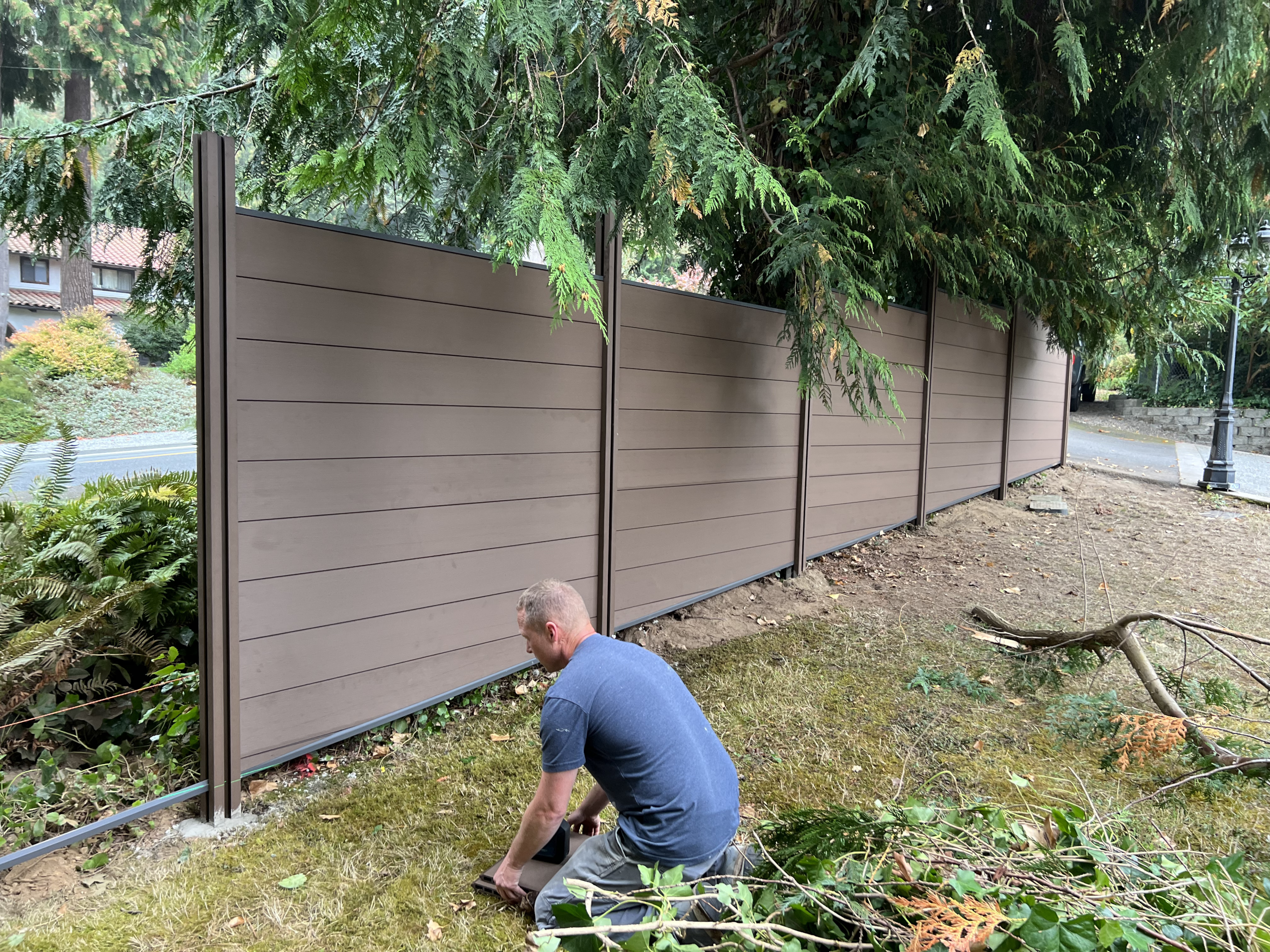
Discussing the issue with your neighbor is the first step in resolving disputes. By maintaining an open and respectful dialogue, you can work together to find a solution that satisfies both parties. If necessary, consider seeking legal assistance or mediation to help resolve the dispute and prevent further escalation.
Being proactive and resolving disputes in a timely manner assists in successfully sorting out any issues related to fence construction and maintaining a positive relationship with your neighbor.
Alternative Solutions to Building a Fence on the Property Line
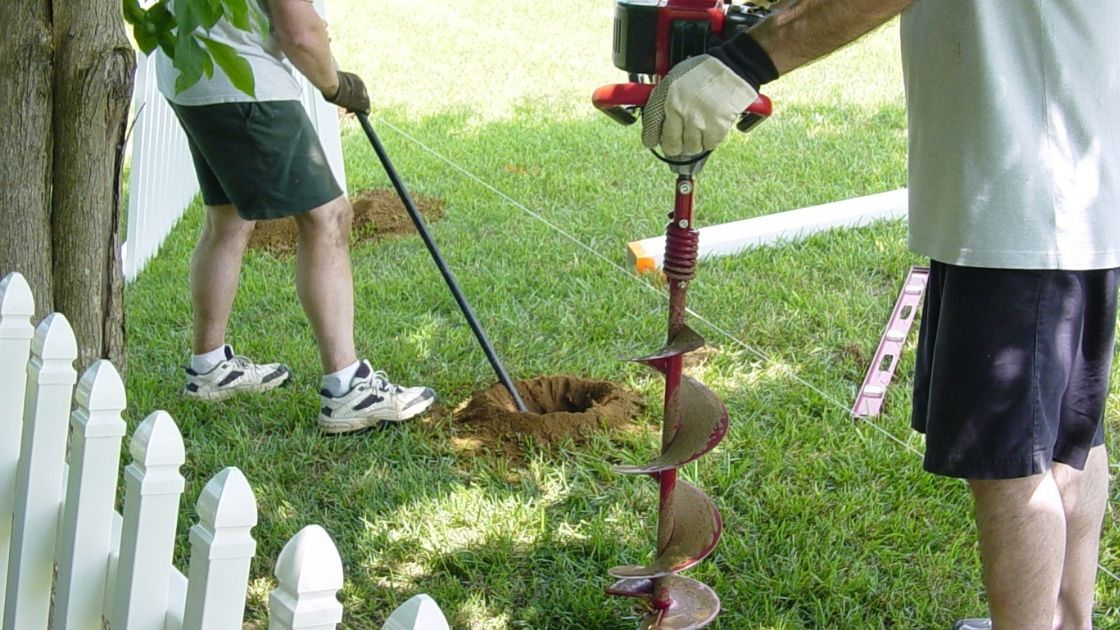
If building a fence on the property line is not feasible or desired, there are alternative solutions to consider. Placing the fence inside the property line or using vegetation as a natural barrier can provide similar benefits without the potential for disputes or shared responsibilities with neighbors.
Delving into alternative solutions, the following subsections will illuminate the benefits and drawbacks of each option, helping you decide on the most suitable course of action for your specific situation.
Fence Placement Inside the Property Line
Building a fence just inside your property line can help avoid disputes and shared responsibilities with neighbors. By constructing the fence within your property boundaries, you maintain full control over the fence’s design, maintenance, and upkeep, while still benefiting from the privacy and security it provides.
When erecting a fence within the property line, compliance with local laws and regulations, as well as any homeowner’s association rules, is important. Additionally, you are responsible for obtaining any required permits and communicating with your neighbors about the fence construction.
Using Vegetation as a Natural Barrier
Planting shrubs or trees can serve as an alternative to a traditional fence, offering privacy and security while blending seamlessly with the surrounding landscape. However, it’s important to be aware of local regulations and potential maintenance responsibilities associated with using vegetation as a natural barrier.
Local laws may consider vegetation as a form of fence in some cases, subject to the same restrictions and regulations. Researching local regulations and considering the long-term maintenance implications helps to determine if using vegetation as a natural barrier suits your property.
Summary
In conclusion, understanding fence laws and maintaining open communication with neighbors are crucial for a successful fence construction project. By adhering to state laws, local regulations, and homeowner’s association rules, you can avoid disputes and ensure a harmonious relationship with your neighbor. Whether you choose to build a boundary fence, place a fence inside your property line, or use vegetation as a natural barrier, it’s essential to consider the benefits and responsibilities associated with each option. By working together and maintaining a respectful and open dialogue, both you and your neighbor can enjoy the privacy, security, and enhanced curb appeal that a well-built fence provides.
Frequently Asked Questions
How close to the property line can I build a fence?
Typically, a fence needs to be set 2-8 inches from the property line.
In densely populated areas, you may be able to build directly on the property line with the agreement of your neighbor.
What is the good neighbor fence law in Oregon?
Under Oregon’s good neighbor fence law, if a fence is found to be on the wrong side of the boundary, you have one year to take it down and move it to the proper boundary, with permission to access your neighbor’s property to do so.
What is the good neighbor fence law in Washington state?
Washington state’s Good Neighbor Fence Law requires that both property owners split the cost of a fence, recognizing that both benefit from it.
Can my neighbor legally build a fence on the property line?
Yes, your neighbor can legally build a fence on the property line as long as they follow applicable state and local laws and regulations and obtain necessary permits. Homeowner’s association rules may also apply.

